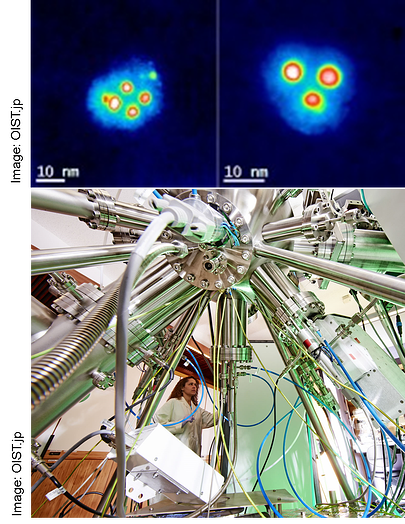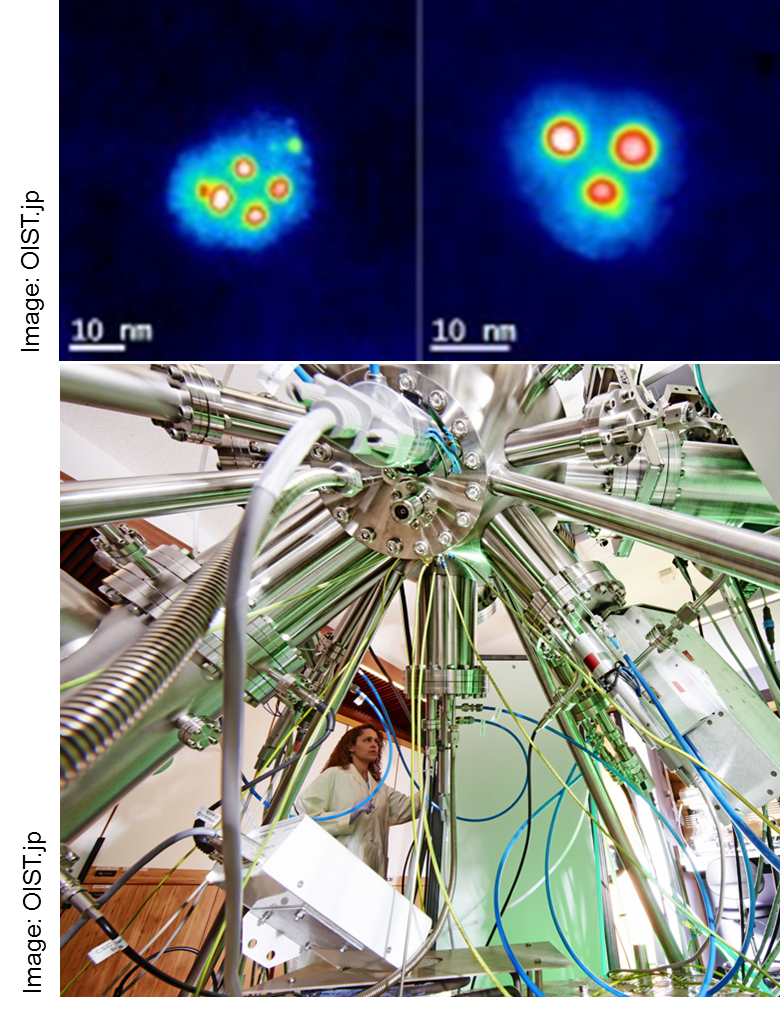Investigators at the Okinawa Institute of Science and Technology (OIST) in Japan have developed a protocol for manufacturing biocompatible hybrid nanoparticles. The resulting particles have magnetic as well as optical properties. They are suitable for clinical use and can be customized for utilization in a wide range of applications.
The researchers’ findings address a number of issues inherent in current fabrication protocols and represent a critical advancement in magnetic carrier engineering. Lead author Maria Benelmekki and fellow researchers from Nanoparticles by Design Unit at OIST have published their ground-breaking work in the journal “Nanoscale.”
Problems with standard synthesis protocols
In recent years, extensive efforts have been aimed at developing effective and efficient ways to utilize nanoparticles in diagnostic and treatment protocols. While remarkable advances have been made, problems with the standard approach for synthesizing nanoparticles for use in clinical applications have remained.
Currently, the manufacture of nanoparticles involves the use of potentially hazardous chemicals. The resulting particles are therefore not biocompatible. In addition, the size of the synthesized nanoparticles is not always easy to control, and their shelf life is relatively short.

A new approach to manufacturing biocompatible nanoparticles
Unlike the current synthesis method which requires a number of steps, Benelmekki and colleagues have devised a single-step strategy for manufacturing nanoparticles. Their technique makes use of a co-sputter gas condensation system that doesn’t depend upon any hazardous chemicals. The resulting nanoparticles are thus biocompatible. What’s more, the experimental conditions can be modified to customize the size of the synthesized particles, and the produced particles are suitable for longer storage.
The particles created by the research team consist of an iron and silver core within a silicon shell, rendering them both magnetic and capable of serving as contrast agents in imaging devices such as MRI. The implications of this are significant and far-reaching. Because of their hybrid nature, the particles can be utilized in a much wider range of applications. They are capable of being targeted and visualized, making them ideal for use in cell tracking and hyperthermia protocols. The silicon shell is biocompatible and keeps the particles from aggregating. More than this, the silicon exterior can be functionalized. Thus, the beads can be customized for use in targeted drug delivery and transfection.
Current work is still being conducted. The behavior and optical properties of the nanoparticles are being examined in vitro. In time, however, researchers hope to be able to scale up the production process and make the particles available commercially.




